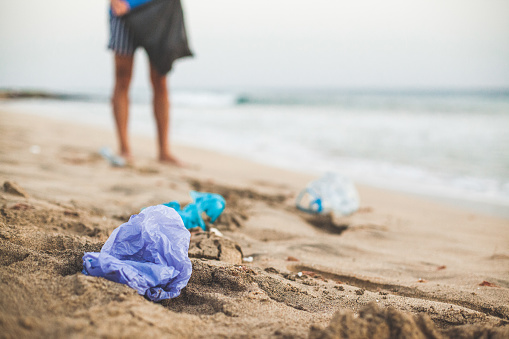Water pollution solutions must be adopted to protect the environment and the planet. Water pollution refers to the entry of pollutants into water bodies, which are generally the result of human activities. Water bodies include oceans, rivers, lakes, and groundwater. Water pollution makes water no longer suitable for human drinking and also endangers the life of aquatic species. Water pollution is the primary cause of death in the world due to water-borne diseases.
Moreover, chemicals introduced into water bodies, such as heavy metals, pesticides, and industrial waste, can cause severe water contamination. This was demonstrated in the Camp Lejeune leukemia lawsuit — where water contaminated with toxic chemicals led to serious health consequences. These chemicals are not only harmful to humans when consumed or exposed through skin contact, but they can also lead to detrimental health effects in mammals, disrupting ecosystems and biodiversity.
Main Solution of Water Pollution in 2021
The pollutants, in general, include chemicals such as oil and microorganisms. When pollution enters a water body, it worsens the water quality. Eventually, it makes the water toxic to humans and the environment.
Water pollution control needs suitable infrastructure and management plans. Appropriate infrastructure includes wastewater treatment plants. Industrial wastewater treatment plants and sewage treatment plants are usually required to maintain water bodies from untreated wastewater.
Another way is agricultural wastewater treatment on farms. Erosion control at construction localities can also prevent water pollution. To prevent water pollution, nature-based solutions are a proper operating method. Adequate control of urban runoff helps reduce the speed and quantity of water flow.
To combat water pollution effectively, it is necessary to identify the causes of water pollution. Many causes of water pollution range from improper sewage disposal to rapid urban development. Although a great deal of effort is required to reduce water pollution, many effective solutions exist that diminish water bodies’ pollution. In this article, we will discuss some of the more important solutions.
Wastewater Treatment
The first practical approach to reduce water pollution is to treat a portion of the water before it re-enters the waterways. This is a highly efficient solution since wastewater treatment facilities can remove almost all pollutants in wastewater by a physical, chemical, or biological process. Sewage is taken through several facility chambers to decrease its toxicity levels gradually.
For the wastewater treatment plant to work exactly as designed, the facility must remain in excellent condition. A variety of water treatment sensors can be used to ensure that contaminants are properly removed from the water before discharging the water into the environment. pH sensors, conductivity sensors, and oxidation-reduction potential sensors are examples of these treatment sensors.
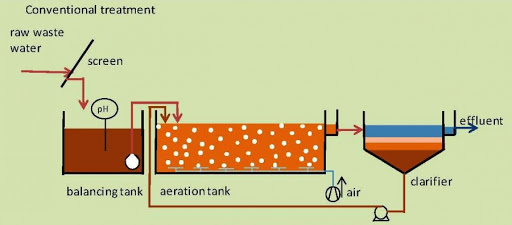
Industrial Wastewater Treatment
Some industrial facilities produce wastewater similar to household sewage. Sewage treatment plants are applied for this purpose. However, Industries that generate wastewater with high levels of organic matter such as oil, toxic contaminants such as heavy metals, or nutrients such as ammonia, require specific treatment systems.
Some industries are equipped with a pre-treatment system to eliminate some pollutants such as toxic compounds and then release the treated wastewater to the municipal sewer system. Industries producing large amounts of wastewater usually run their treatment systems. Some industries are successful at redesigning their manufacturing systems to reduce or remove pollutants in a process known as pollution prevention.
To eliminate heat from wastewater made by power plants or manufacturing plants, some technologies can be used:
- Cooling towers, to transfer waste heat to the atmosphere by evaporation process or heat transfer.
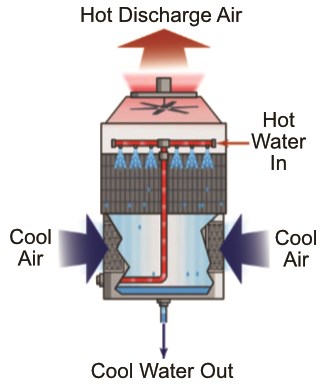
- Cooling ponds are artificial water bodies for cooling by convection, radiation, or evaporation
- Cogeneration to recycle waste heat for domestic or industrial heating schemes.
Agricultural Wastewater Treatment
The solutions to agricultural pollution can be classified into nonpoint and point source controls. According to nonpoint sources, washed-off sediment can be considered the main source of agricultural contamination. Farmers may employ erosion controls to lessen runoff flows and preserve soil on their fields. General techniques include contour plowing, crop rotation, crop mulching, planting perennial crops, and installing riparian buffers.
Nutrients are typically utilized in the forms of animal manure, commercial fertilizer, or spraying of municipal or industrial wastewater or sludge. Nutrients may also run off from irrigation water, crop residues, wildlife, and atmospheric deposition. Agricultural activities can develop nutrient management plans to decrease excess nutrient applications and the potential for nutrient pollution.
To minimize the effects of pesticides, farmers may apply Integrated Pest Management (IPM) methods to control pests, decrease dependence on chemical pesticides, and preserve water quality.
Farms with extended livestock and poultry activities are subjected to increasing government regulation.
Established wetlands are sometimes applied to help treatment of animal wastes. Some slurries of animals may be treated by combining them with straw and composted at high temperatures to generate bacteriologically sterile and friable manure to improve the soil. These methods are known as point source controls.
Water Conservation
Water conservation helps keep the water clean and protect the environment. Several methods can be applied to conserve water. For example, when shaving or brushing teeth, it is suggested to turn the water off.
Another simple recommendation is to shorten shower time. Also, taking a bath with much less water consumption is an efficient way. If your landscape is a garden, try to use only the volume of water that the plants need. In short, water is a limited resource, and is important to lessen water usage.
Plastic Waste Reduction
Plastics are usually reached into the ocean and other water bodies, which only reduces the water quality. It is estimated that about 9-12 million tons of plastic are washed into the ocean every year, a number that must significantly be reduced to avoid further deterioration of ocean water quality.
In addition to water bottles, plastic is used in numerous things that people use daily, such as clothes and different objects around the home. To reduce the amount of plastic waste cycled into the environment, it is recommended to avoid using plastics as much as possible and look for other options for plastic bottles, plastic appliances, and straws. Recycling plastic items is also an effective solution in this regard.
Water-Efficient Household Toilet
An installed efficient toilet in the bathroom does not consume much water when flushed. This approach helps to save water. Previously, toilets used up to 3.5 gallons of water with each flush. Finally, the Environmental Policy Agency (EPA) mandated that all toilets have to drain only 1.6 gallons of water per flush. However, ultra-efficient toilets are using only 0.8-1.1 gallons of water per flush. A water-efficient toilet while saving money helps you avoid wasting water.
On-site Sanitation
According to a report by Joint Monitoring Programme (JMP) for Water Supply and Sanitation, about 4.5 billion people worldwide do not have safe access to managed sanitation as of 2017. It often leads to water pollution, including through the action of open defecation. Therefore, when it rains or floods, human feces are carried from where they are deposited into surface waters. The use of safely managed sanitation can prevent this type of water pollution.
Septic Tanks
Houses and businesses that do not have access to the municipal treatment plant may use an individual septic tank to pre-treat the wastewater locally and lead it into the soil. Septic tanks are helpful equipment that can treat sewage by separating the solids from the liquids. These tanks use different biological operations to properly decompose the solid objects before the liquids enter into a land sewerage system. Septic tanks reduce water pollution by effectively removal of the pollution already existing in the water.
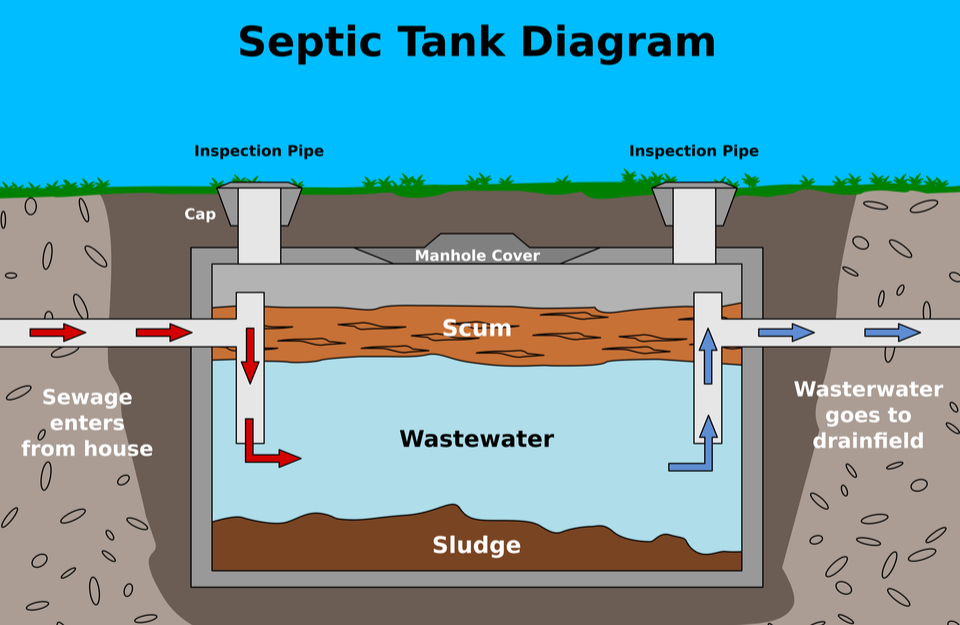
Not Using the Toilet as a Wastebasket
Not using the toilet as a wastebasket is another important way to prevent water pollution. Dusty cloths, wrappers, and most the tissues should be put directly into a wastebasket, not in a toilet. These objects increase the possibility of blocking the sewage lines. This causes the sewage will be challenging to become clean when using a wastewater treatment facility or septic tank.
Stormwater Management
Stormwater management is an effective solution to reduce the amount of water pollution and protect the environment. When stormwater moves along sidewalks, streets, and grasses, it collects harmful pollutants that are then sent into storm drains, rivers, and streams. Various processes can be applied to treat and manage stormwater, such as sand filtration, electrocoagulation, reverse osmosis, and advanced oxidation.
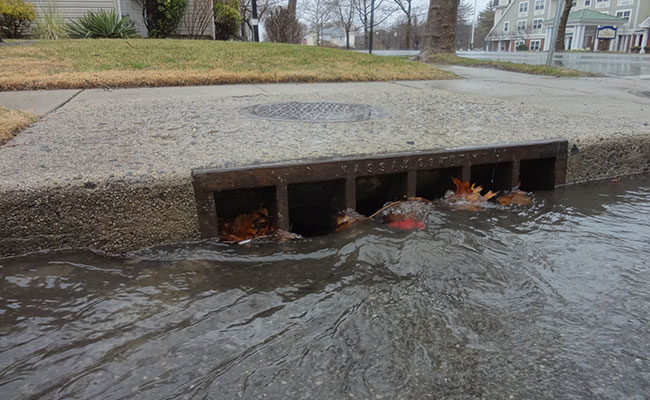
Stormwater management is important because it will finally enter oceans, rivers, and streams, which can worsen the water bodies’ pollution. Stormwater management can help solve this problem and decrease the pollution of the water reaching the water bodies.
Green Agriculture Development
The agricultural sector uses more than 70 percent of the surface water resources around the earth for farming and livestock production. Agriculture is the main reason for water pollution. On rainy days, the stormwater carries pesticides and fertilizers, and subsequently, viruses and bacteria into the waterways. However, the agricultural sector can be more compatible with the environment.
To develop green agriculture, planting trees and other plants close to water bodies will prevent chemicals from being carried to waterways when it rains. Also, using pesticides containing harmful chemicals must be avoided.
Denitrification
Denitrification is an ecological method designed to transform nitrates directly into nitrogen gas to prevent nitrate from entering the soil and polluting the groundwater. When large amounts of nitrate reach groundwater, the nitrogen amount of the water is too high, which causes phytoplankton and algae to grow faster.
Buy Equipment or Ask for a Service
By using Linquip RFQ Service, you can expect to receive quotations from various suppliers across multiple industries and regions.
Click Here to Request a Quotation From Suppliers and Service Providers
Read More on Linquip
- 10 Main Causes of Water Pollution in 2021
- 10 Types of Water Pollution in 2021
- What is Water Pollution?

